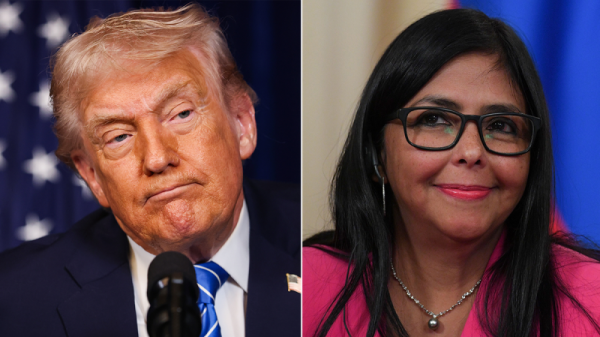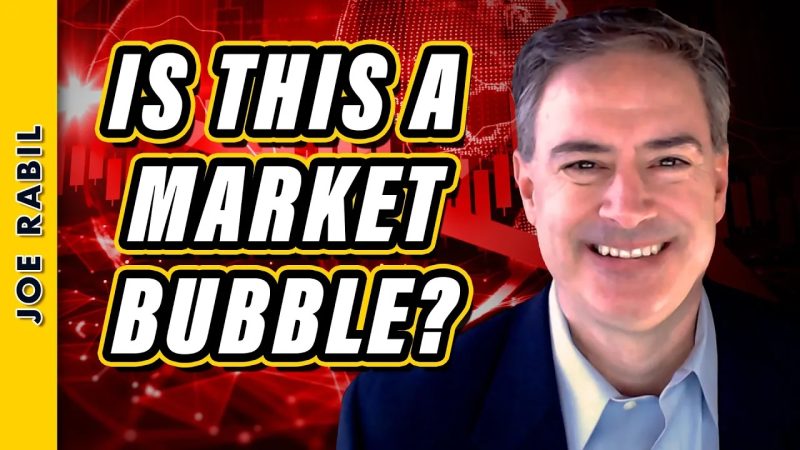In recent months, the world has witnessed an unprecedented surge in investor activity, particularly in the financial markets. The surge has prompted many to question whether we are experiencing a market bubble or investor mania. Market bubbles and investor mania are two distinct phenomena, each with its own set of characteristics and consequences.
Market bubbles are driven by investor enthusiasm and optimism, leading to a rapid increase in asset prices that are not supported by fundamental economic factors. Bubbles often result in unsustainable price levels that eventually collapse, causing significant financial losses for investors. In contrast, investor mania is characterized by irrational and excessive buying behavior, driven by fear of missing out (FOMO) and the herd mentality.
One key indicator of a market bubble is the disconnect between asset prices and underlying fundamentals. When prices soar without a corresponding increase in earnings or economic growth, it suggests that the market may be overvalued and at risk of a correction. In contrast, investor mania is fueled by social and psychological factors, such as hype and speculation, rather than fundamental economic principles.
The role of social media and online forums cannot be ignored in the current market environment. Platforms like Reddit and Twitter have become powerful tools for spreading investment ideas and fueling investor sentiment. While social media can provide a wealth of information and insights, it can also amplify market bubbles and investor mania by creating echo chambers and promoting groupthink.
Regulatory authorities play a crucial role in monitoring and addressing market bubbles and investor mania. Regulations are designed to protect investors and maintain market integrity by preventing fraud, manipulation, and excessive speculation. However, policymakers face the challenge of striking a balance between fostering innovation and ensuring market stability.
Investors can protect themselves from market bubbles and investor mania by adopting a disciplined and long-term approach to investing. Diversification, risk management, and due diligence are essential practices for navigating volatile market conditions. Additionally, it is important to be wary of investment fads and seek advice from trusted financial professionals.
In conclusion, the distinction between a market bubble and investor mania lies in the underlying factors driving asset price movements. While market bubbles are characterized by inflated prices relative to fundamentals, investor mania is driven by social and psychological dynamics. By staying informed, exercising caution, and adhering to sound investment principles, investors can navigate market bubbles and investor mania with greater confidence and resilience.






















